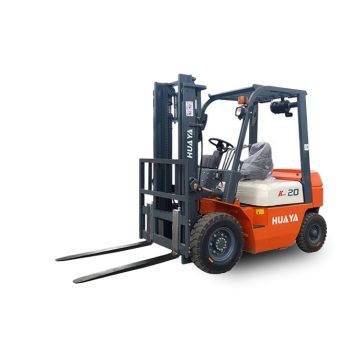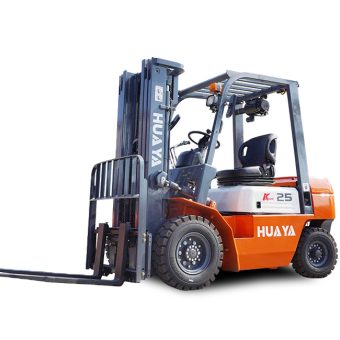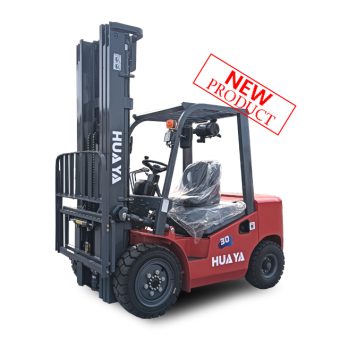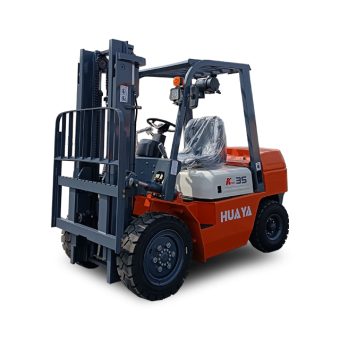
News
Forklifts and Hi-Lo are essential tools for material handling in various industries. While they might appear similar at first glance, their differences are significant in terms of functionality, design, and applications. Understanding these differences ensures businesses can select the right equipment for their operations.
A forklift is a powerful industrial vehicle designed to lift, carry, and move heavy loads. Equipped with two or more prongs (forks) at the front, forklifts excel in tasks like warehouse stocking and construction site transportation.
Forks for load lifting
Counterweights for balance
Versatile tires for various terrains
Loading and unloading trucks
Stocking pallets in warehouses
Heavy-duty outdoor applications
Hi Lo, a term often used interchangeably with forklifts, refers specifically to compact material-handling vehicles. These machines are ideal for indoor operations, particularly in narrow spaces.
Smaller size for tight spaces
Often electric-powered
Efficient in low-load scenarios
Retail stockrooms
Small warehouses
Inventory management
| Feature | Forklift | Hi Lo |
| Terminology | Standardized globally | Regional/cultural term |
| Size | Larger and more robust | Compact and lightweight |
| Operating Environment | Indoor/outdoor versatility | Predominantly indoor |
Counterbalance Forklifts: Ideal for lifting heavy loads in warehouses.
Reach Trucks: Specialized for high shelves in narrow aisles.
Terrain Forklifts: Perfect for outdoor use on uneven grounds.
Compact Models: Tailored for small indoor spaces.
Specialized Hi Los: Designed for lightweight, high-precision tasks.
Forklifts offer greater power and load capacity, while Hi-Lo shines in speed and maneuverability. Choosing the right one depends on the operational needs.
Both forklifts and Hi-Lo prioritize operator safety, though their features vary. Forklifts often include enhanced stability systems, while Hi-Los focus on intuitive controls.
When deciding between the two, cost factors like initial investment, maintenance, and energy consumption play a significant role. Forklifts might have higher upfront costs but offer greater long-term ROI.
Forklifts and Hi Los operate using:
Diesel: Best for outdoor heavy-duty tasks.
Electric: Eco-friendly and quiet, ideal for indoor use.
LPG: Balanced option with low emissions.
Forklifts are indispensable in:
Manufacturing: For transporting raw materials.
Warehousing: Essential for pallet movement.
Retail: Stocking high inventory levels.
Hi Los excel in:
Retail: Managing stock in narrow spaces.
Small Warehouses: For quick and efficient handling.
Narrow-aisle spaces: Maximum utility in tight layouts.
No, while Hi Los are a type of material-handling equipment, they are more compact and typically used in smaller, indoor spaces.
Forklifts can handle up to 50,000 lbs, while Hi Los are suited for lighter loads, often under 5,000 lbs.
Hi Los generally have lower initial costs but are less versatile than forklifts, which offer better ROI for heavy-duty operations.
Hi Los are primarily designed for indoor use, while forklifts can handle both indoor and outdoor environments.
Both forklifts and Hi Los can run on diesel, electric, or LPG power, depending on the model.
Evaluate your operational environment, load capacity, and budget to determine which machine best suits your requirements.
Choosing between a forklift and a Hi Lo boils down to understanding your specific operational needs. Forklifts offer robust performance for heavy-duty tasks, while Hi Los excel in compact, indoor environments.



